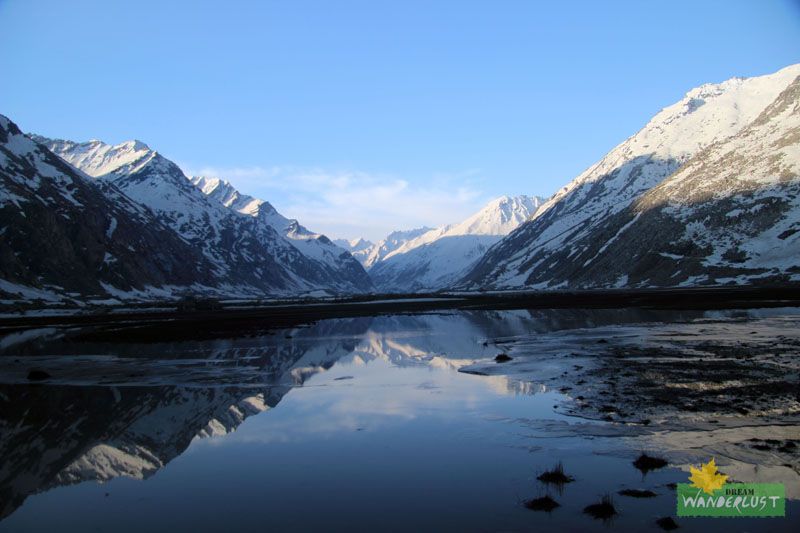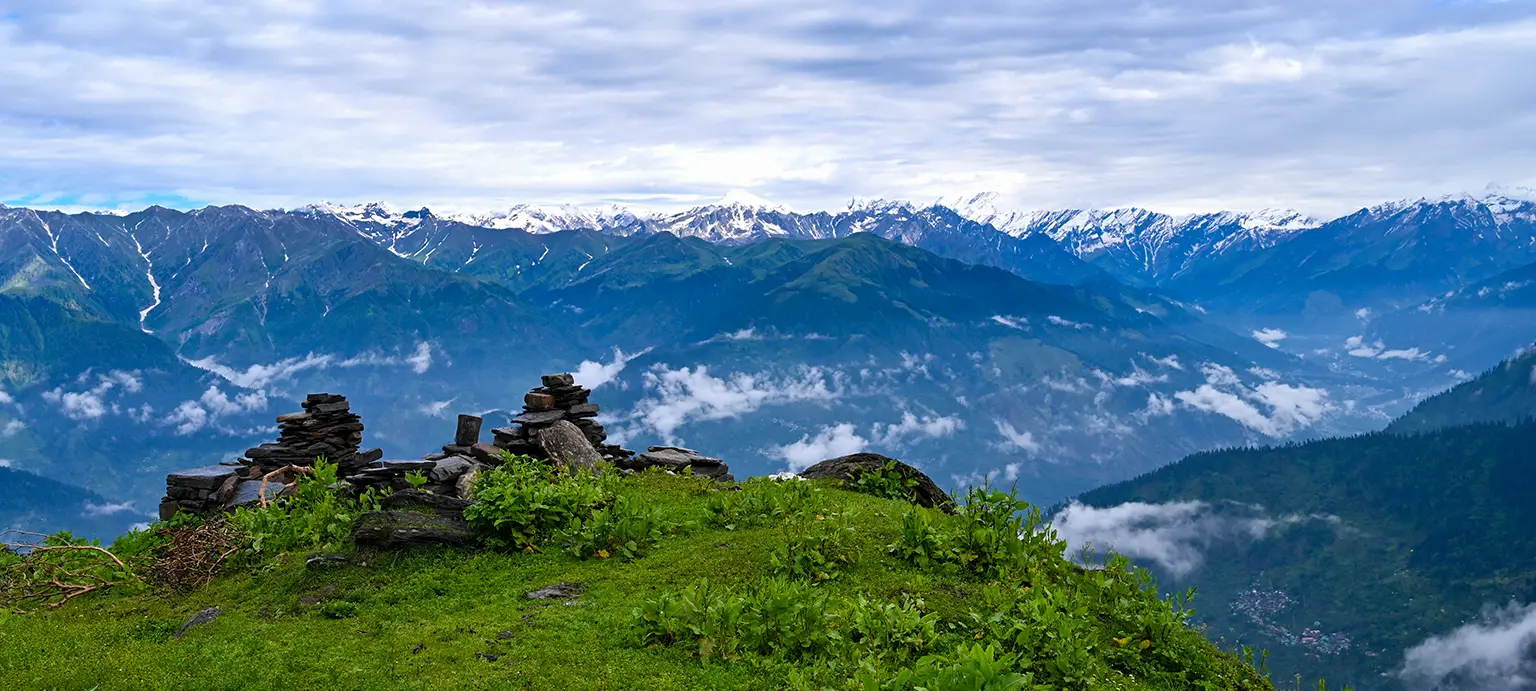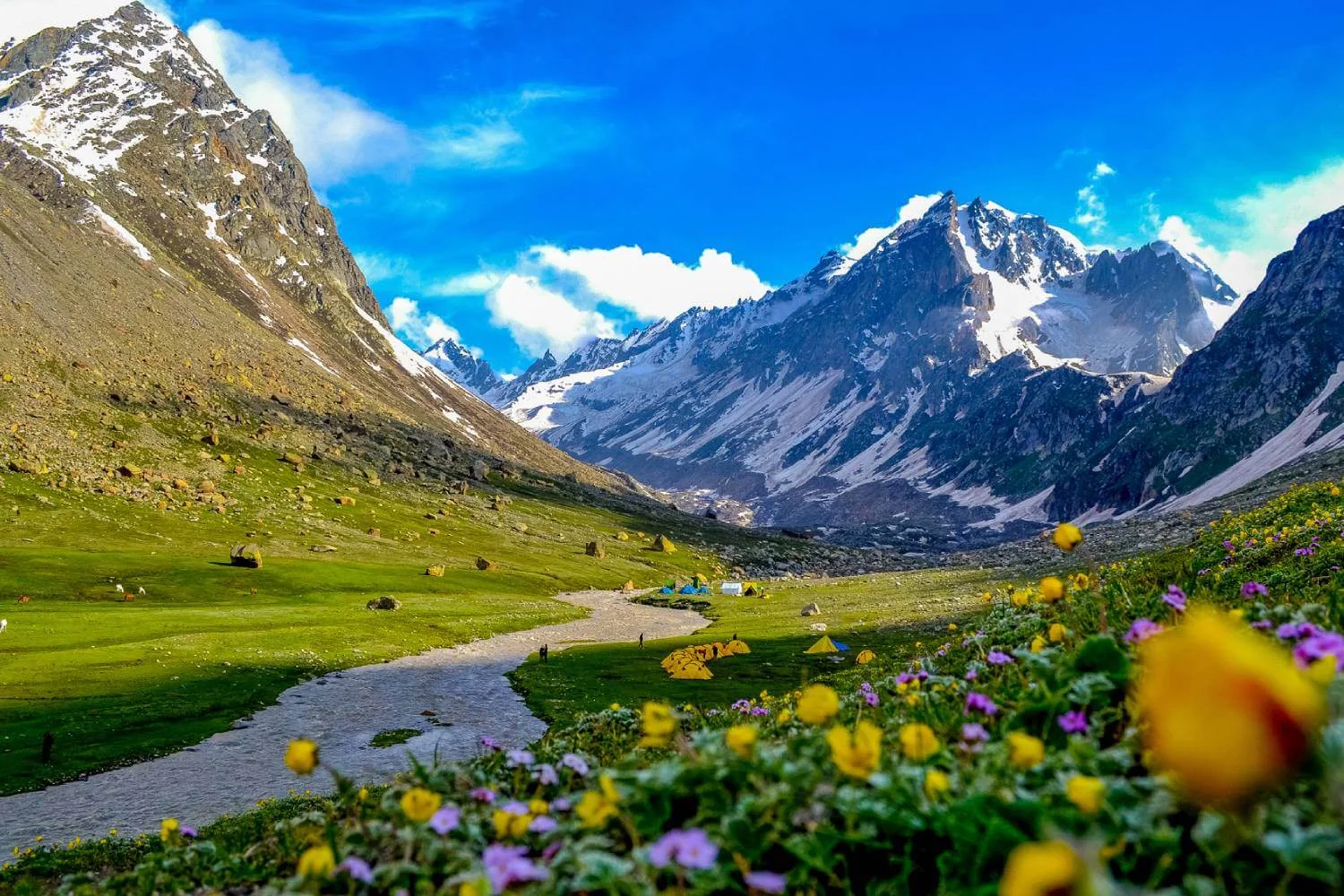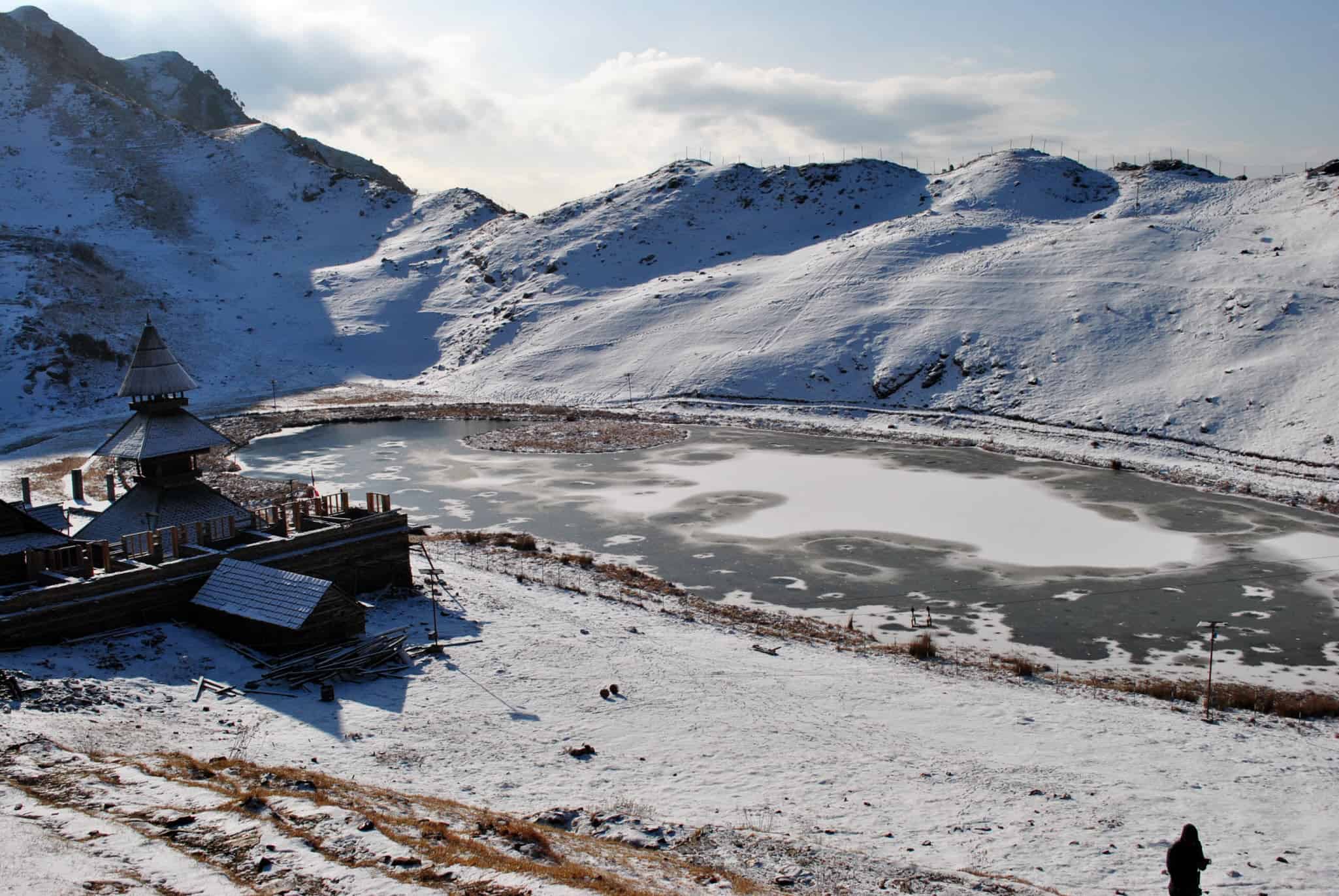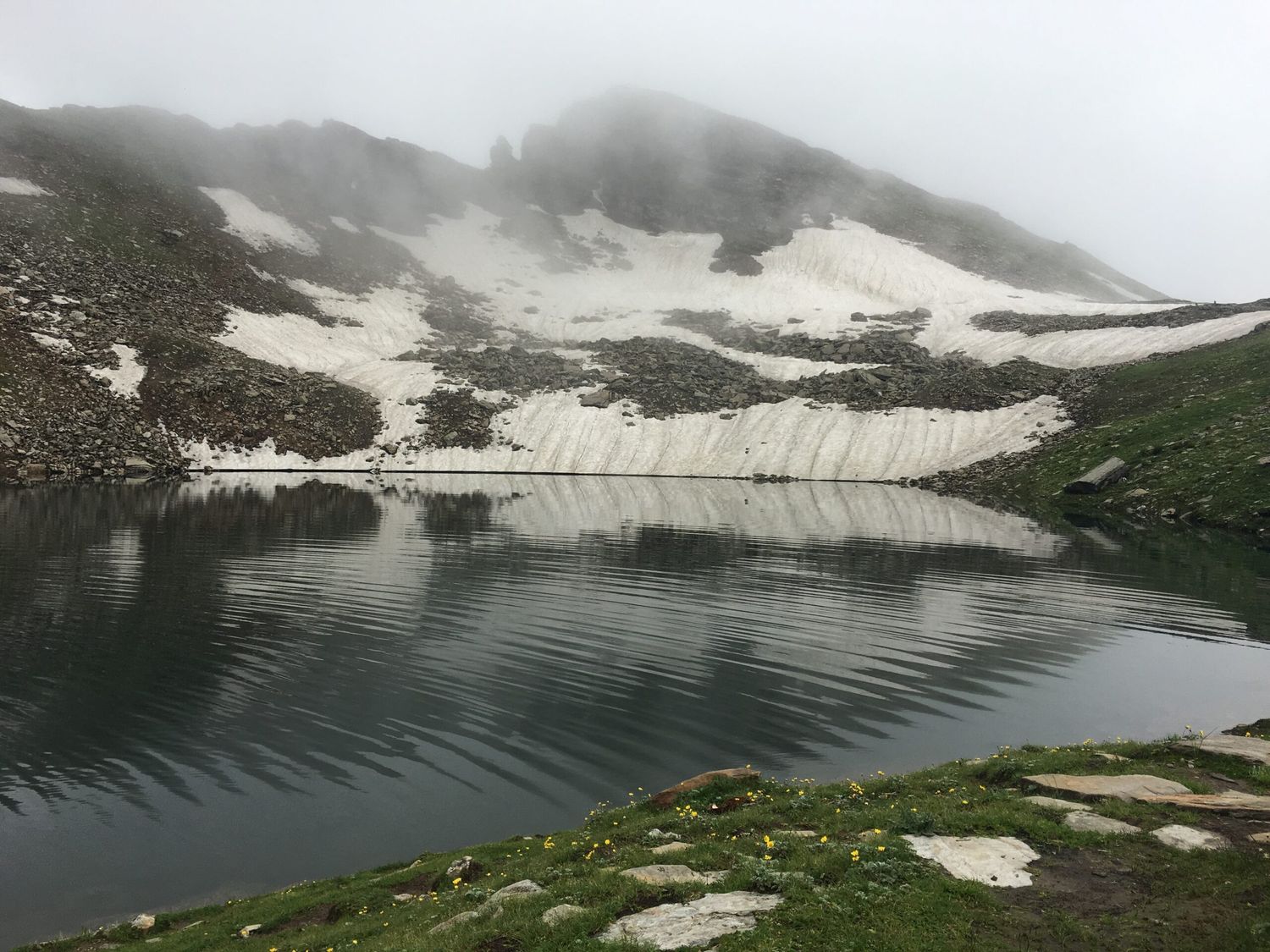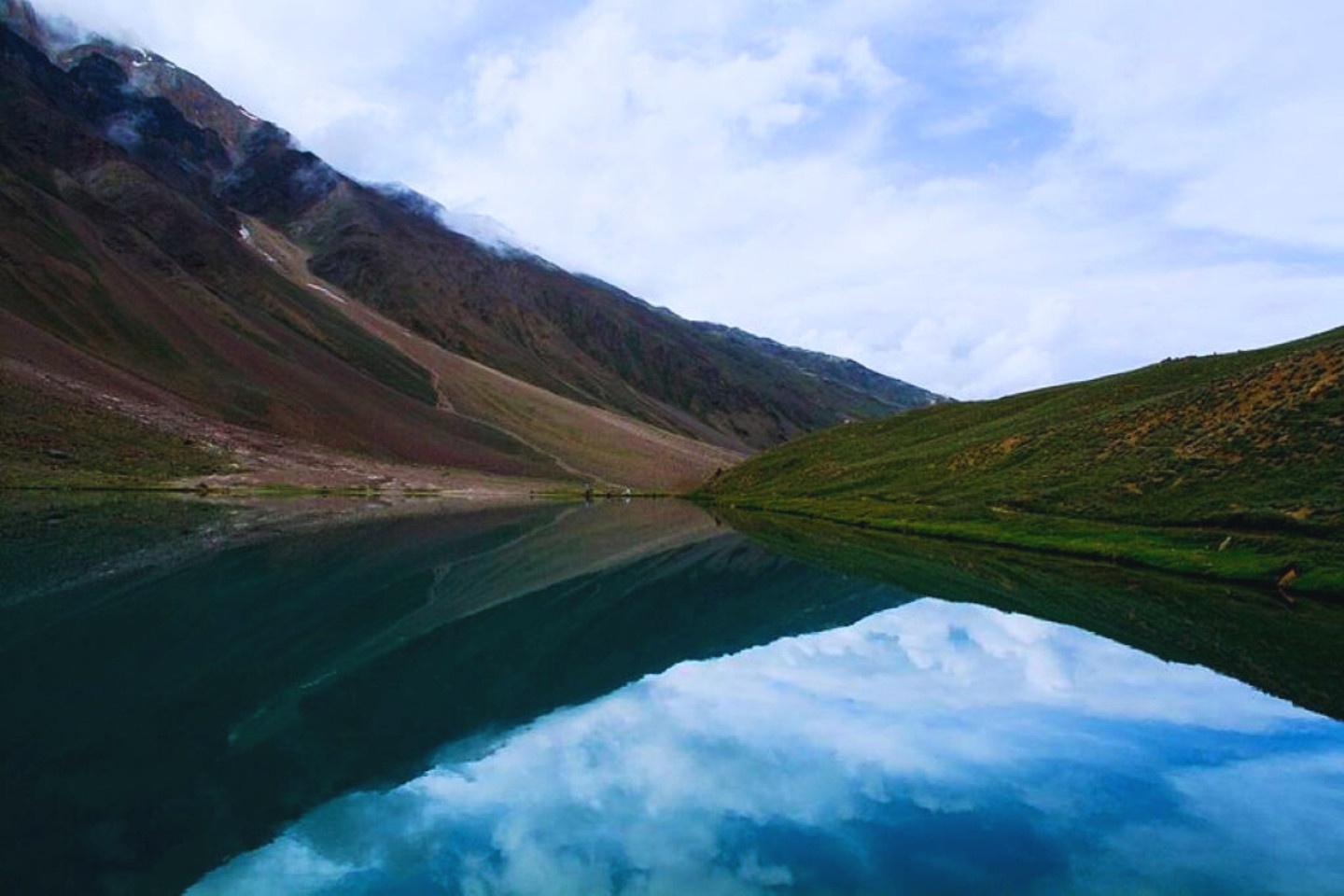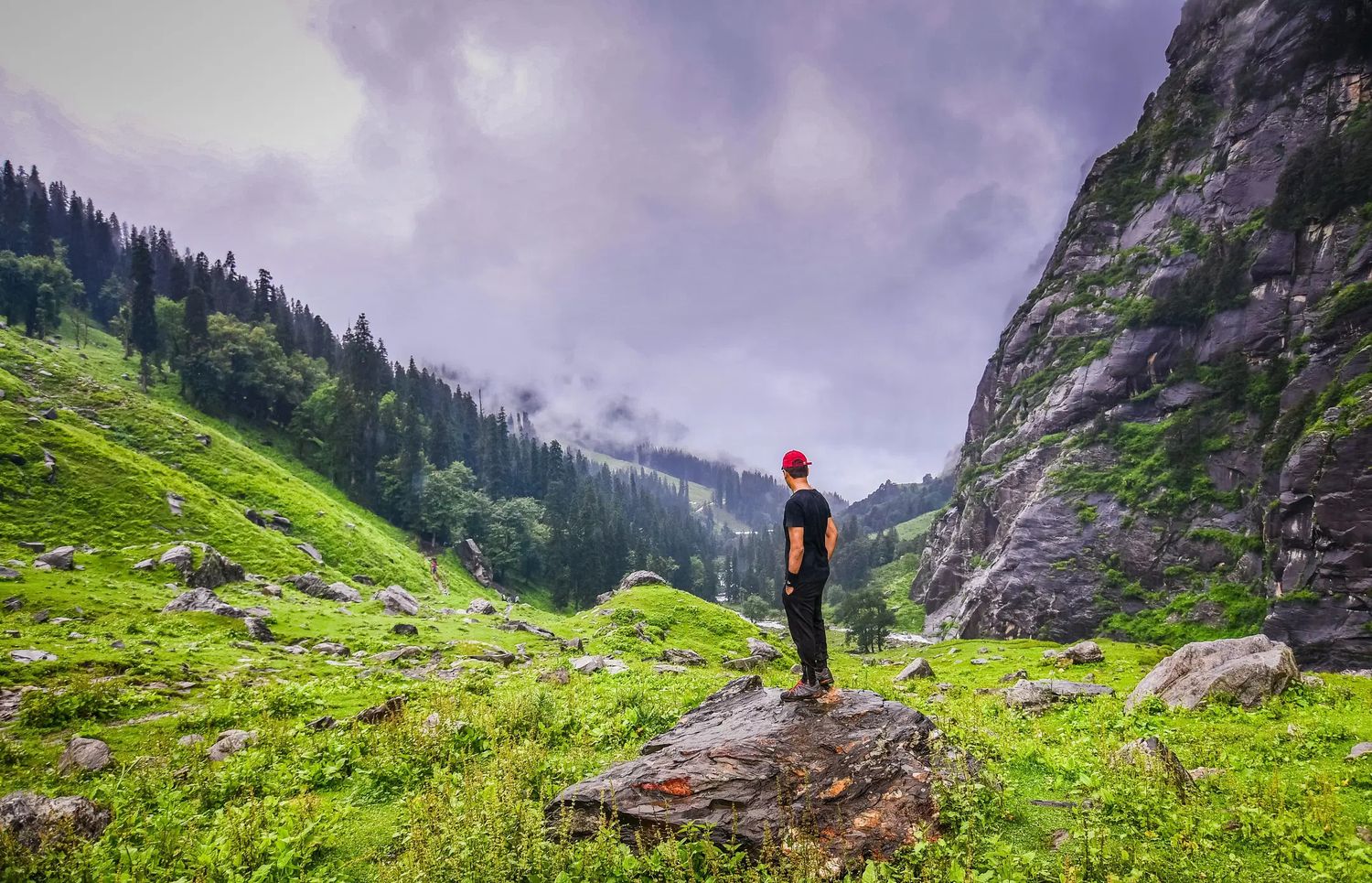Pin Parvati Pass Trek: A High Himalayan Crossover Adventure
The Pin Parvati Pass Trek is not just a trek, it's an expedition across two starkly different worlds – the lush green Parvati Valley and the barren, cold desert of Spiti. Traversing glaciers, steep ridges, river crossings, and high-altitude alpine meadows, this trek challenges the experienced and rewards the brave with surreal landscapes and raw nature at its finest.
Why Pin Parvati is a True Adventure Trek
Unlike most treks that stay confined to one terrain, the Pin Parvati takes you from humid, forested valleys to wind-swept, high-altitude deserts in just a few days. This contrast is rarely seen in a single trail, making it a favorite among seasoned trekkers.
Changing Terrain, Changing Worlds
One day you're walking through pine forests and grassy meadows with gushing rivers, and the next you're crossing moraines, glaciers, and snow-covered passes. This trek is physically demanding, but the constantly changing terrain keeps the adrenaline high and your senses sharp.
Cultural Crossover: From Kullu to Spiti
The trek starts from the vibrant Parvati Valley, known for its greenery and spirituality, and ends in Spiti’s remote Mudh village, where Buddhist culture and barren beauty dominate. It's not just a geographical shift, but a cultural transformation as well.
Who Should Attempt This Trek
This is a tough trek, meant for experienced hikers who have prior high-altitude exposure. It includes multiple river crossings, long hiking days (10-12 km), and technical sections including glacier traverses and moraine navigation.
